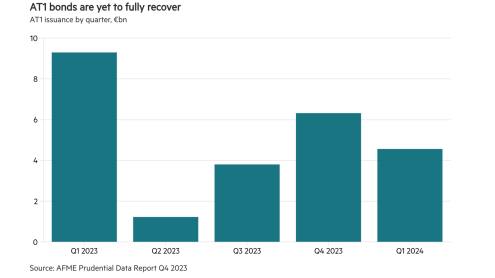Non-performing loans (NPLs) at Jordan’s four largest banks by assets have taken divergent paths over the past few years, during a period marked by continuing civil unrest in the eastern Mediterranean country as well as, more recently, the fallout from the Covid-19 pandemic.
Arab Bank, the largest bank in the country by assets and Tier 1 capital, saw its NPL ratio rise to 6.8% in 2020 from 5.1% in 2018, according to The Banker Database.
Meanwhile, Housing Bank for Trade and Finance, the second-largest bank in Jordan by both metrics, saw its NPL ratio steadily rise between 2016 and 2020, reaching 8.1% in 2020 from 5.5% in 2016.
In contrast, Bank Al Etihad, the third-largest bank by assets and sixth-largest by Tier 1, saw its NPL ratio steadily decline over the period, falling from 6.8% in 2016 to 3.8% in 2020. Jordan Islamic Bank, the country’s fourth-largest bank by assets but third-largest by Tier 1, saw its NPL ratio drop from 4.6% in 2018 to 2.6% in 2020.
The country’s unemployment rate hit 18.5% in 2020, rising from 11.9% in 2014, according to the World Bank, hampering banks’ lending opportunities. In addition, the Covid-19 pandemic has halted the country’s vital tourism industry, which makes up about 15% of gross domestic product.
Trends identified using The Banker Database, an online database providing comprehensive financial data and insight for 4000 of the world's leading banks in 190 countries. Contact us.











